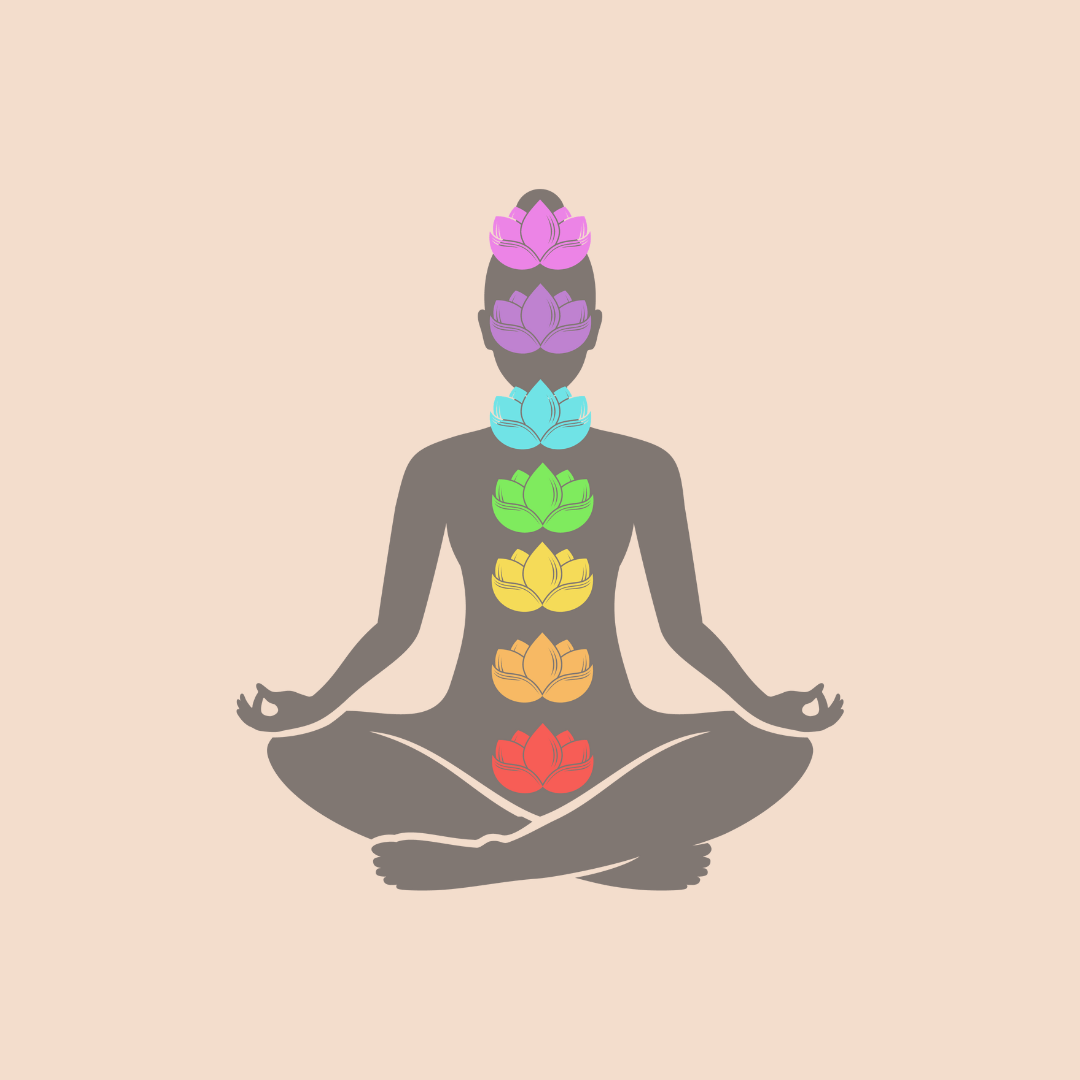The key differences between Yoga and Pilates

Introduction
Yoga and Pilates are two popular practices that promote physical and mental well-being, but they differ in their origins, techniques, and benefits. Understanding the distinctions between these disciplines is crucial for individuals seeking to embark on a new fitness journey or delve deeper into mind-body practices.

Yoga: A Holistic Discipline from Ancient India
Yoga, originating from ancient India, is a holistic discipline that encompasses physical, mental, and spiritual practices. The word "yoga" is derived from the Sanskrit root "yuj," meaning to yoke or unite, symbolizing the union of body and consciousness. Here are some key points to consider:
Definition and Origins of Yoga
Yoga dates back thousands of years and has evolved into various forms over time. It is deeply rooted in Indian philosophy and encompasses a wide range of techniques aimed at achieving harmony between the mind and body.
Different Types of Yoga and Their Characteristics
Hatha Yoga
Focuses on physical postures (asanas) and breathing techniques (pranayama) to prepare the body for meditation.
Ashtanga Yoga
A dynamic, physically demanding practice that synchronizes breath with a progressive series of postures to produce internal heat.
Iyengar Yoga
Emphasizes precision and alignment in the performance of postures with the help of props.
Power Yoga
A vigorous form of yoga that emphasizes building strength, flexibility, and stamina.
Hot Yoga
Practiced in a heated room to promote profuse sweating and detoxification.
Restorative Yoga
Involves fewer postures held for longer periods, focusing on relaxation and stress reduction.
Yin Yoga
A slow-paced style with postures held for longer periods, targeting the connective tissues and promoting relaxation.
Focus on Breath Work and Movement in Yoga
Central to yoga practice is pranayama (breath control), which helps individuals connect with their breath, calming the mind while improving lung capacity and overall respiratory health.
Promoting Mental Health and Well-being through Meditation and Mindfulness Practices
Incorporating meditation into yoga sessions can enhance mental clarity, reduce stress, anxiety, and depression while promoting emotional balance.
Understanding the Spiritual Side of Yoga
Many forms of yoga delve into spiritual aspects, encouraging self-awareness, introspection, and connection with a higher consciousness beyond physical existence.
Improving Strength, Flexibility, and Overall Physical Fitness
Each type of yoga offers unique benefits for physical well-being:
- Hatha yoga enhances flexibility
- Ashtanga yoga builds strength
- Iyengar yoga improves alignment
- Power yoga boosts endurance
- Hot yoga aids in detoxification
- Restorative yoga promotes relaxation
- Yin yoga targets deep connective tissues
The diverse practices within the realm of yoga offer individuals an array of options to align with their unique preferences, goals, and personal well-being.
Pilates: A Physical System by a German Anatomist
Joseph Pilates, a German anatomist, developed the Pilates method in the early 20th century. Originally known as "Contrology," Pilates aimed to create a system that would strengthen the body and mind simultaneously. Here are some key points about Pilates:

1. Focus on Core Strength and Stability
One of the main focuses of Pilates is developing core strength and stability. The core muscles, including the abdominals, back muscles, and pelvic floor, are essential for maintaining good posture, balance, and overall body control. By strengthening the core, Pilates helps improve overall body alignment and reduces the risk of injuries.
2. Rehabilitation and Physical Recovery
Pilates is often used as a rehabilitation tool for individuals recovering from injuries or surgery. The controlled movements and emphasis on proper alignment help restore strength and flexibility. Many physical therapists incorporate Pilates exercises into their treatment plans to aid in recovering from conditions such as back pain, knee injuries, or joint problems.
3. Improved Posture and Back Pain Relief
Poor posture can lead to various musculoskeletal issues, including chronic back pain. Pilates exercises focus on spinal alignment and strengthening the muscles that support the spine. By improving posture and spinal alignment, Pilates can provide relief from lower back pain and prevent future discomfort.
4. Weight Control Assistance
While not primarily a weight loss program, regular practice of Pilates can aid in weight management efforts. The combination of strength-building exercises with cardiovascular movements creates an efficient calorie-burning workout that helps maintain a healthy weight.
5. Physical Rehabilitation Aid
In addition to injury recovery, Pilates can also be beneficial for individuals with conditions such as arthritis or osteoporosis. The low-impact nature of Pilates exercises makes them suitable for individuals with joint pain or limited mobility, allowing them to improve strength and flexibility safely.
Pilates offers a unique approach to physical fitness and rehabilitation. By focusing on core strength, stability, and proper alignment, Pilates can help individuals achieve better posture, alleviate back pain, and recover from injuries. Whether you're looking to enhance your physical performance or improve your overall well-being, Pilates provides a versatile system that can be adapted to individual needs and goals.
Comparing the Key Differences Between Yoga and Pilates
When comparing yoga and pilates, it's important to recognize the distinct differences between these two practices. While both offer numerous physical and mental benefits, they have unique aspects that cater to different needs.
Key Differences:
- Historical Origins:
- Yoga: Rooted in ancient Indian philosophy and tradition, yoga encompasses spiritual, mental, and physical practices.
- Pilates: Developed in the early 20th century by Joseph Pilates, focusing primarily on physical conditioning and rehabilitation.
- Philosophical Approach:
- Yoga: Emphasizes unity of mind, body, and spirit through meditation, breath control, and postures.
- Pilates: Prioritizes precision, concentration, and control in movements to improve core strength and stability.
- Breath Work:
- Yoga: Incorporates conscious breathing techniques as a fundamental aspect of practice.
- Pilates: Integrates breathing patterns into movements but doesn't emphasize breath work as extensively as yoga.
- Focus on Spirituality:
- Yoga: Offers a holistic approach that includes spiritual elements, such as mindfulness and connection to the self.
- Pilates: Largely focuses on physical conditioning without a strong spiritual component.
- Physical Benefits Emphasis:
- Yoga: Enhances flexibility, balance, strength, and overall physical fitness through various postures.
- Pilates: Concentrates on core strength, muscle toning, and postural alignment for improved physical conditioning.
Understanding these differences allows individuals to choose the practice that aligns with their specific goals and preferences. Both yoga and pilates contribute to overall well-being but offer distinct paths to achieving it.
Choosing the Right Practice for Your Needs
When it comes to choosing between yoga and pilates, understanding the unique benefits of each practice is crucial in determining which one suits your needs. Here's a breakdown of the health and wellness benefits of both yoga and pilates:
Contrasting the Mental Benefits
Yoga: Known for its focus on breath work, meditation, and mindfulness practices, yoga is highly effective in reducing stress, improving sleep quality, and enhancing mental clarity.
Pilates: While pilates also offers mental benefits through its mind-body connection, it primarily focuses on physical strength and stability.
Rehabilitation from Injuries or Health Conditions
Yoga: With its emphasis on gentle movements and flexibility, yoga can aid in rehabilitation from injuries by promoting healing and preventing further strain.
Pilates: Ideal for physical rehabilitation, pilates helps in improving posture, providing lower back pain relief, and assisting in weight control.
Overall Health and Wellness Benefits
Yoga: Beyond mental well-being, yoga contributes to improved strength, flexibility, and overall physical fitness.
Pilates: Pilates not only enhances core strength but also aids in physical recovery from injuries.
Understanding these distinctions can help you make an informed decision based on your specific needs and goals. Whether you are seeking mental rejuvenation through meditation or aiming to improve physical strength and stability, both yoga and pilates offer unique advantages for your overall health and wellness.
Conclusion
Both yoga and pilates offer valuable physical and mental benefits. By understanding the origin and history of each discipline, individuals can make informed decisions about their wellness journey. Choose the practice that speaks to you on a deeper level, and reap the holistic rewards it has to offer.




Comments